Flavian Amphitheatre

In terms of dimensions, the Flavian Amphitheatre in Pozzuoli is the third Roman amphitheatre in Italy, after the Colosseum in Rome and the Campanian Amphitheatre of Santa Maria Capua Vetere. It is believed to have been designed by the same architects who made, a few years before, the Colosseum.
The Flavian Amphitheatre was erected for want of the first Emperor of the short Flavian dinasty: Vespasian. The monument was donated to the Puteolani (inhabitants of Puteoli, the old Pozzuoli), as thanks for their courage, siding with the Emperor during the civil war. It was built at the crossroads of Naples, Capua and Cuma. Thanks to the numerous inscriptions found into the galleries, under the external ambulatory, we know that the amphitheatre used to house many shops and places of cult. The cavea was divided into three terraces, able to seat twenty-thousand spectators.
According to the legend, in 305 AC the first Christian martyrdoms have been committed there and it was ordered the torture (then inflicted at the Solfatara) of St Januarius and his companions.
At a later time the monument was abandoned and partially buried by alluvial soil and the eruption of Volcano Solfatara. In the Middle Ages, bereft of all marble decorations and blocks of steps, it was used by local farms.
The partial burial has paradoxically preserved the basement from time destruction and barbarian sacks. As result we have a perfectly intact basement which has given precious information about how it worked about gladiatorial shows and, particularly, how to lift the cages of wild beasts up to the arena's floor.
Explored between 1839 and 1845, and again between 1880 and 1882, it was totally freed from all that obstructing soil and detritus only in 1947.
Address in Pozzuoli:
Via Carmine.
Have you seen our self-catering apartments in Campania?

 Amalfi Coast
Amalfi Coast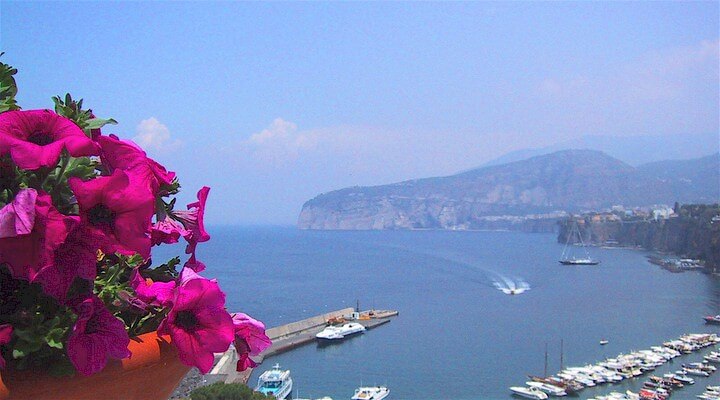 Sorrento Coast
Sorrento Coast Tuscany
Tuscany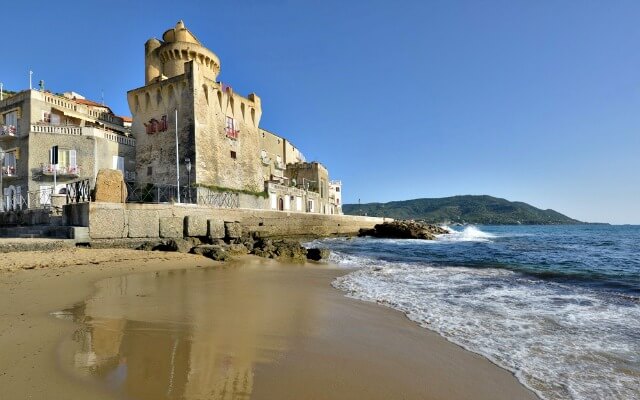 Cilento National Park
Cilento National Park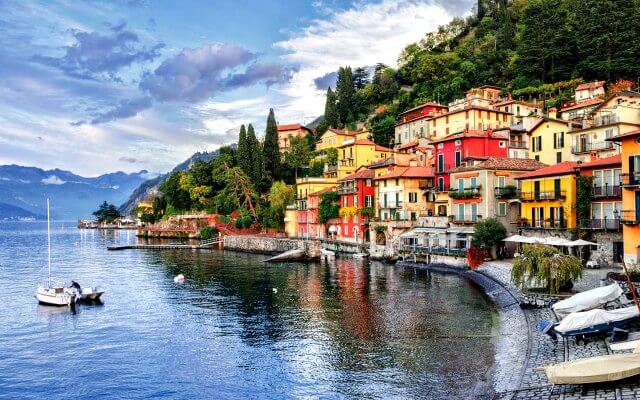 Lake Como
Lake Como Rome and Latium
Rome and Latium Umbria
Umbria Capri and Ischia
Capri and Ischia Venice
Venice Puglia (Apulia)
Puglia (Apulia)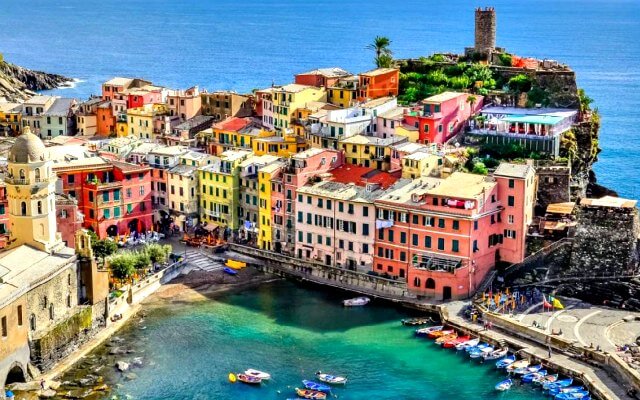 Liguria
Liguria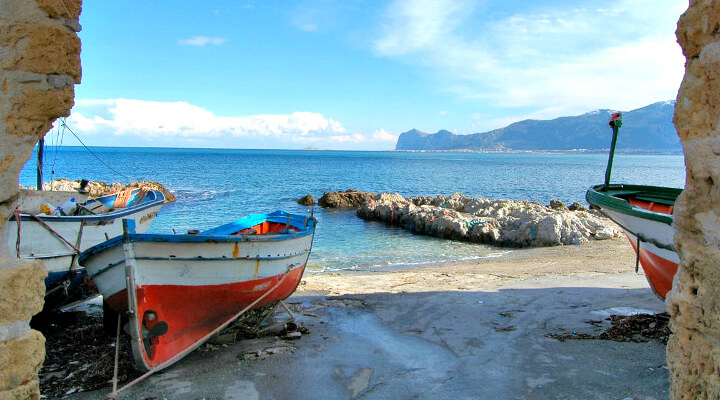 Sicily
Sicily Lake Maggiore
Lake Maggiore Lombardy
Lombardy Sardinia
Sardinia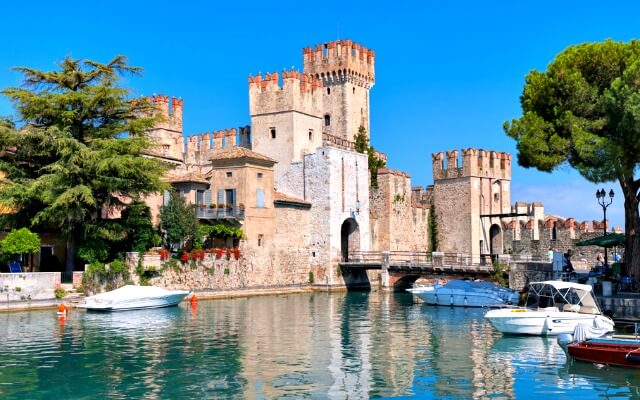 Lake Garda
Lake Garda Abruzzo and Marche
Abruzzo and Marche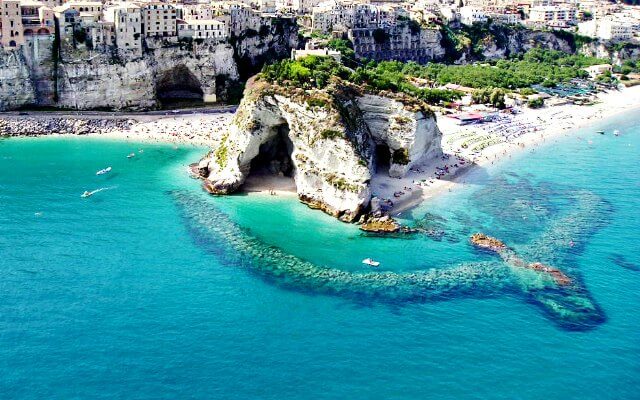 Calabria
Calabria